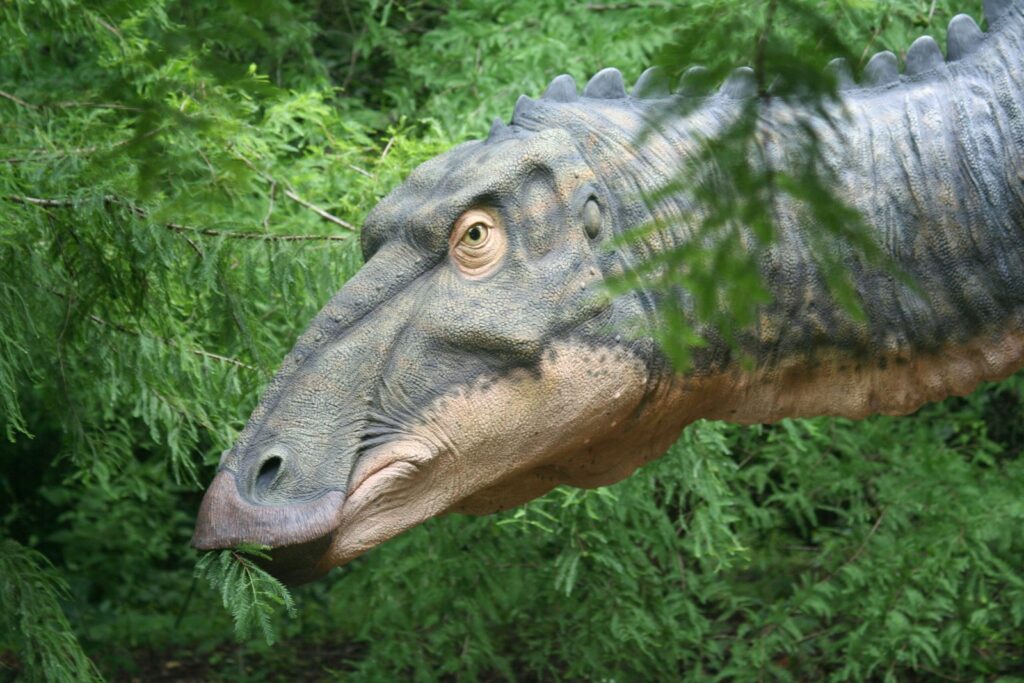Most living things decompose without a trace after death, yet fossilization—nature’s exceptional preservation process—offers us windows into Earth’s distant past. From dinosaur bones to delicate leaf impressions, fossils form our understanding of prehistoric life. But why do some organisms become fossilized while countless others vanish completely? The answer lies in a rare confluence of events that must occur in precise sequence—a paleontological perfect storm. This article explores the exceptional conditions required for fossilization and explains why finding fossils represents such remarkable good fortune in Earth’s geological lottery.
The Race Against Decomposition

When an organism dies, a biological countdown begins immediately. Bacteria, fungi, scavengers, and environmental elements all work to break down organic material, typically leaving nothing behind within weeks or months. For fossilization to occur, this natural recycling process must be interrupted quickly and decisively. Rapid burial beneath sediment provides this crucial first step, physically shielding remains from decomposers and oxygen that would otherwise consume them. Without this speedy entombment, even the hardest bones and shells eventually disintegrate, leaving no trace in the fossil record. The window for this initial preservation is incredibly narrow—sometimes just days or hours—making it the first major hurdle in the fossilization process. This explains why animals that lived near water bodies with active sedimentation, like rivers, lakes, or shallow seas, are disproportionately represented in our fossil collections.
The Burial Environment: Not Just Any Sediment Will Do

Not all burial environments are equal when it comes to fossilization potential. The ideal sediments are fine-grained materials like silt, clay, or volcanic ash that can quickly surround an organism, creating a protective seal against oxygen and destructive organisms. These fine particles capture exceptional detail, which is why some fossils preserve astonishing features like skin impressions, feathers, or even cellular structures. Sandy environments, by contrast, allow more water and oxygen to flow through, accelerating decomposition. The chemical composition of the sediment matters tremendously as well—highly acidic environments dissolve bones and shells, while alkaline conditions often preserve them. The sediment must also accumulate at the right rate: too slow, and decomposition wins; too fast, and the remains might be crushed beyond recognition. This delicate balance explains why certain geological formations yield extraordinary fossil treasures while others, despite containing the remains of countless organisms, preserve almost nothing.
Water Chemistry: The Invisible Preserver

The chemistry of the surrounding water plays a crucial role in determining whether an organism becomes fossilized or disappears without a trace. Waters with high mineral content, particularly those rich in calcium and silica, facilitate mineralization processes essential to preservation. Anoxic (oxygen-poor) waters dramatically slow decomposition by inhibiting aerobic bacteria that would otherwise consume organic material. This explains the exceptional preservation often found in ancient lake beds, where stratified waters created oxygen-depleted zones at their depths. Highly saline environments, like hypersaline lagoons, also discourage bacterial action while promoting mineral precipitation that can replace organic tissues. The pH level of the water further determines which parts of an organism might survive—acidic waters typically dissolve calcium-based structures like shells and bones, while preserving more resistant materials like plant cuticles or insect exoskeletons. These chemical factors must align perfectly at the moment of burial for fossilization to begin, representing another rare convergence in the fossilization lottery.
The Time Factor: Millennia Under Pressure

Fossilization is not a quick process—it requires geological timeframes to complete. Once buried, remains must stay protected for thousands or millions of years while slow chemical transformations take place. During this extended period, the weight of accumulating sediments creates pressure that compacts the buried material, while groundwater percolates through, carrying dissolved minerals. These minerals gradually replace the original organic materials through a process called permineralization, or they fill empty spaces created as soft tissues decay, creating detailed casts. The necessary timescale presents another hurdle, as geological disturbances like erosion, tectonic activity, or metamorphism can destroy potential fossils before the process completes. Even minor geological events can expose partially fossilized remains to destructive surface conditions, erasing them from the record. The requirement for uninterrupted preservation across vast timespans explains why complete, well-preserved fossils represent such rare windows into prehistoric life.
Organism Composition: Hard Parts Persist
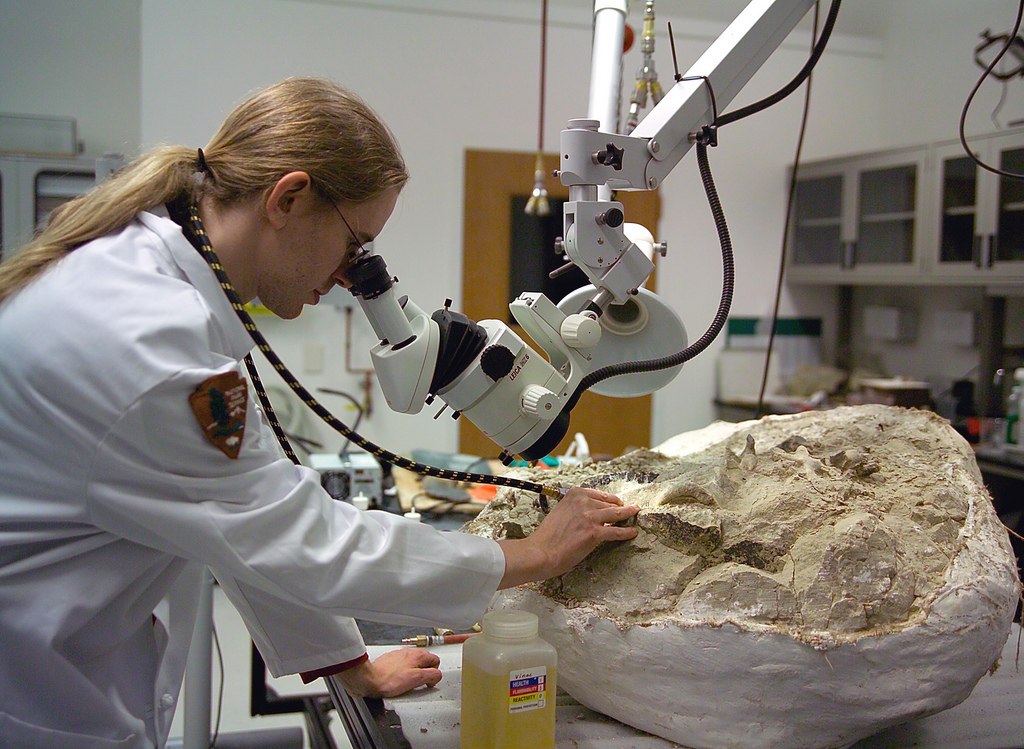
Not all creatures have equal chances of becoming fossilized, with body composition playing a decisive role in preservation potential. Organisms with mineralized hard parts—bones, teeth, shells, or exoskeletons—have significantly better odds of entering the fossil record than soft-bodied creatures. These rigid structures already contain minerals like calcium phosphate or calcium carbonate that resist decomposition and provide templates for further mineralization. This preservation bias explains why our understanding of ancient marine ecosystems is dominated by shelled mollusks rather than the soft-bodied animals that actually constituted the majority of these communities. For example, while ancient oceans teemed with jellyfish, worms, and similar creatures, their fossil occurrences remain extraordinarily rare compared to creatures with shells or bones. This selection effect creates significant challenges for paleontologists attempting to reconstruct complete prehistoric ecosystems and skews our perception of ancient biodiversity toward organisms with preservable parts.
Lagerstätten: Exceptional Preservation Sites
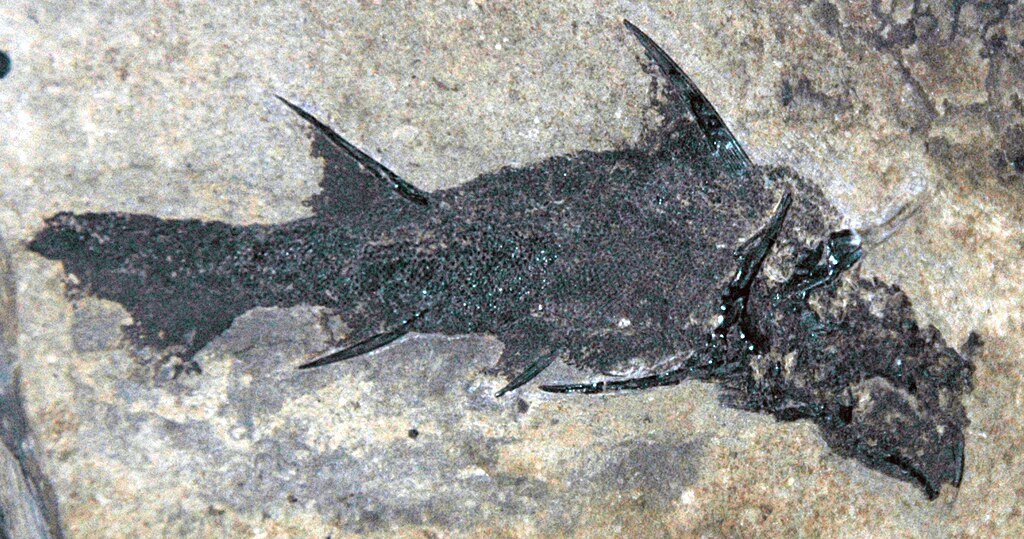
Occasionally, unique combinations of environmental conditions create fossil sites of extraordinary preservation known as Lagerstätten (singular: Lagerstätte), a German term meaning “storage places.” These rare deposits capture not just the hard parts of organisms but also soft tissues, complete organisms, and even traces of skin, feathers, or internal organs. Famous examples include the Burgess Shale in Canada, which preserves soft-bodied Cambrian marine invertebrates; the Green River Formation in Wyoming, known for perfectly articulated fish fossils; and the La Brea Tar Pits in Los Angeles, where asphalt seeps preserved Ice Age mammals in exceptional detail. These sites typically form through rapid burial combined with unusual preservational chemistry, such as oxygen-free environments, mineral-rich waters, or natural embalming agents like tar or amber. Lagerstätten offer invaluable windows into ancient ecosystems that would otherwise remain unknown, revealing creatures and features that normal fossilization processes cannot preserve. Their rarity underscores how exceptional the conditions must be to capture the full diversity of prehistoric life.
The Taphonomic Filter: Nature’s Biased Historian

Taphonomy—the study of what happens to organisms after death—reveals that the fossil record undergoes severe filtering that systematically removes certain types of organisms and environments from Earth’s historical narrative. This taphonomic filter operates ruthlessly, preserving less than one percent of all species that have ever existed. Even among potentially fossilizable organisms, preservation patterns follow predictable biases. Large animals are more likely to be preserved than small ones, as their remains are less easily consumed by scavengers or transported by water. Land-dwelling organisms fossilize much less frequently than aquatic ones, creating a systematic underrepresentation of terrestrial ecosystems throughout geological history. Certain environments, particularly those with high erosion rates like mountains or active floodplains, rarely contribute to the fossil record despite supporting abundant life. Understanding these taphonomic biases is essential for paleontologists interpreting the fossil record, as they must constantly consider not just what has been found, but what has been selectively removed from Earth’s rock pages.
The Miracle of Soft Tissue Preservation

The preservation of soft tissues—muscles, organs, skin, and other non-mineralized structures—represents the rarest form of fossilization, requiring exceptional conditions that almost never occur in nature. For soft tissues to fossilize, decomposition must be halted almost instantly through mechanisms like rapid mineral replacement, dehydration, or freezing. Amber preservation offers perhaps the most dramatic example, where tree resin engulfs small organisms and hardens, creating a sterile, oxygen-free tomb that can preserve creatures with cellular-level detail for millions of years. In rare cases, soft tissues can undergo carbonization, where pressure converts organic material to thin carbon films that outline original structures. The discovery of preserved soft tissues, such as blood vessels and cellular structures in some dinosaur fossils, has revolutionized paleontology while highlighting how exceptional such preservation truly is. These rare instances where the most delicate biological structures survive across geological timescales provide invaluable insights into ancient physiology, appearance, and evolutionary relationships that would otherwise remain forever hidden.
Trace Fossils: Preserving Ancient Behaviors
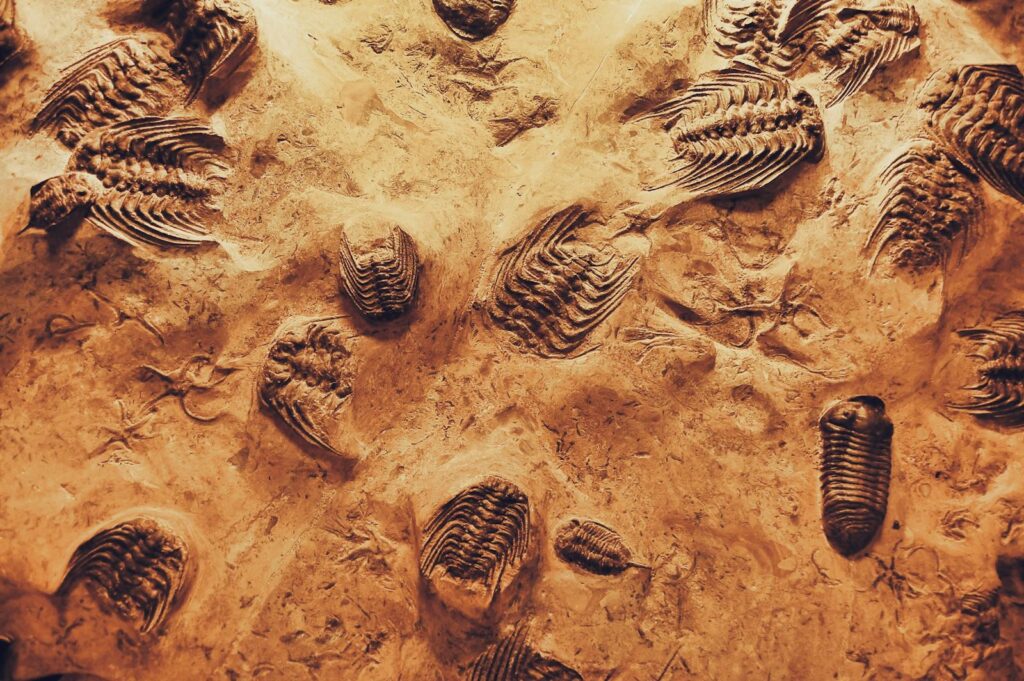
Not all fossils represent preserved body parts—some capture behaviors and activities of ancient organisms in the form of trace fossils. These include footprints, trackways, burrows, nests, and even coprolites (fossilized feces), which document how organisms interacted with their environments. Trace fossil formation presents its own preservation challenges, requiring just the right substrate consistency—soft enough to record impressions but firm enough to maintain them until burial. A dinosaur footprint, for example, needs to form in mud of perfect consistency, then dry sufficiently to stabilize before being gently buried by new sediment that preserves rather than destroys it. The extraordinary rarity of these conditions makes trace fossils precious windows into prehistoric behavior. Trackways revealing how dinosaurs moved, nest structures showing parental care among extinct species, or burrows demonstrating ancient dwelling patterns offer behavioral information that skeletal remains alone cannot provide. The combination of trace and body fossils allows paleontologists to reconstruct not just how ancient organisms looked, but how they lived and interacted with their environments.
Geologic Preservation: Escaping Destruction

Even after successful fossilization, specimens face countless threats from geological processes that can erase them from the record before discovery. As Earth’s crust continuously recycles through plate tectonics, rock layers containing fossils may be subducted into the mantle, metamorphosed by heat and pressure until all biological information is lost, or uplifted and exposed to erosion that grinds even the hardest fossils to dust. Potential fossils face destructive forces including volcanic activity, mountain-building events, and the continuous cycle of erosion and deposition that reshapes Earth’s surface. The oldest rocks on Earth’s surface date to approximately 4 billion years ago, yet intense geological reworking has destroyed most of the planet’s earliest fossil record. Even in younger rocks, groundwater percolation can dissolve fossils long after their formation, while tectonic pressures can crush or distort them beyond recognition. Each surviving fossil represents a specimen that has navigated this gauntlet of destructive forces across millions of years—a vanishingly rare outcome that makes every museum specimen a testament to extraordinary good fortune.
The Human Factor: Discovery Challenges
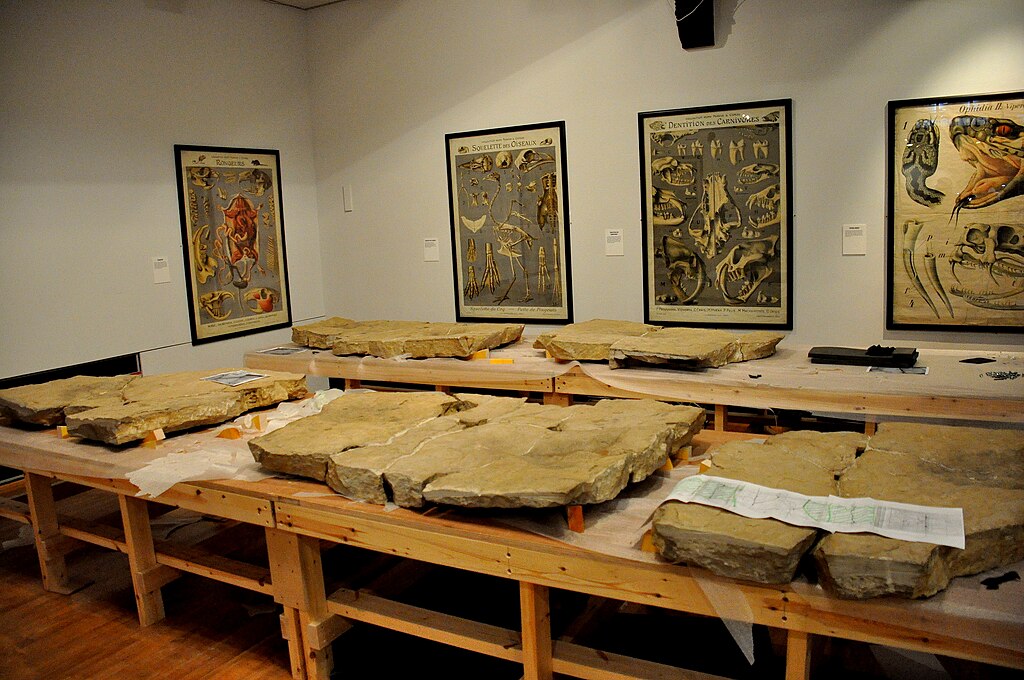
The final hurdle in the fossilization story involves human discovery—fossils must not only form and survive but also become accessible at Earth’s surface at precisely the time when humans with sufficient knowledge exist to recognize and collect them. Most fossils remain permanently buried far beneath the surface, while others emerge in remote locations where they weather away undiscovered. The overwhelming majority of Earth’s fossils—perhaps 99.9% or more—will never be seen by human eyes, either because they remain inaccessible or because they erode away shortly after exposure. The fossil record accessible to science represents only those specimens fortunate enough to be exposed by natural erosion or human excavation at the right moment in human history. Before the 19th century, most fossils were misidentified or ignored, while those emerging in uninhabited regions or underwater environments still go undetected. As erosion continuously exposes new specimens while destroying others, we glimpse only a tiny, constantly changing sample of Earth’s fossil treasures—a sobering reminder of how much prehistoric life remains forever beyond our knowledge.
Modern Analogs: Fossilization Happening Today

Fossilization continues in the modern world, offering scientists rare opportunities to observe these processes in real-time rather than inferring them from ancient results. Studying contemporary environments where fossilization occurs—like the hypersaline Dead Sea, oxygen-depleted depths of the Black Sea, or calcium-rich hot springs—provides crucial insights into ancient preservation mechanisms. These natural laboratories reveal how minerals replace tissues, how anoxic environments inhibit decomposition, and how sediment burial protects remains from destructive forces. Human-influenced environments occasionally create unintentional fossilization experiments too, such as rapidly buried organisms following volcanic eruptions or flood events. The La Brea Tar Pits in Los Angeles continue trapping and preserving organisms today just as they have for tens of thousands of years, offering an ongoing window into fossilization processes. By examining these modern analogues, paleontologists can better interpret ancient fossils and understand the specific conditions that led to their preservation. These contemporary examples emphasize that fossilization, while rare, represents an ongoing process rather than something relegated exclusively to Earth’s distant past.
The Future of Paleontology: Finding the Unfindable

Advances in technology are revolutionizing paleontology by helping scientists locate and study fossils that would have remained invisible to previous generations. CT scanning and synchrotron technology now reveal internal structures of fossils without destructive sampling, while ground-penetrating radar and advanced satellite imaging help identify promising fossil locations before excavation begins. Microscopic techniques allow examination of cellular structures in exceptional fossils, providing unprecedented details about ancient organisms. Improved chemical analysis methods extract genetic and molecular information from fossils previously considered too degraded for such studies. Perhaps most importantly, statistical modeling helps paleontologists account for preservation biases, allowing more accurate reconstructions of ancient ecosystems despite the incompleteness of the fossil record. These technological advances, combined with discoveries in new geographic regions previously unexplored paleontologically, suggest we have uncovered only a fraction of Earth’s accessible fossil treasures. Despite the inherent rarity of fossilization, each new technique and expedition expands our window into prehistoric life, promising continued revelations about Earth’s biological history for generations to come.
Conclusion
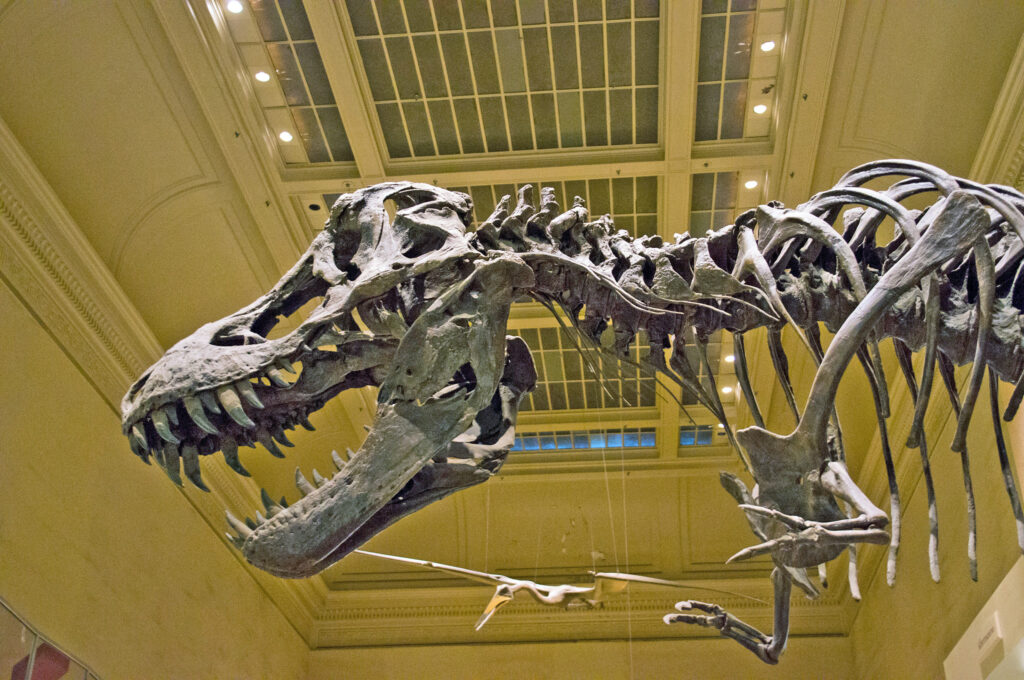
Fossilization represents one of nature’s most selective processes—a preservation system so demanding that it captures only the minutest fraction of all life that has existed on Earth. The perfect conditions for fossilization constitute a complex cascade of requirements: rapid burial, appropriate chemistry, suitable organism composition, and geological stability across millions of years. Yet despite these challenges, the fossil record provides our only direct evidence of life’s incredible journey through deep time. Each fossil represents not just an ancient organism, but a remarkable sequence of fortunate events that preserved it through the ages. This exceptional rarity makes fossils among our most precious scientific resources—irreplaceable snapshots of Earth’s past that continue to reshape our understanding of life’s history, evolution, and incredible diversity through the eons.



